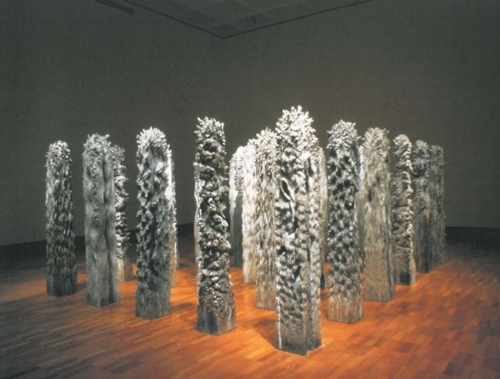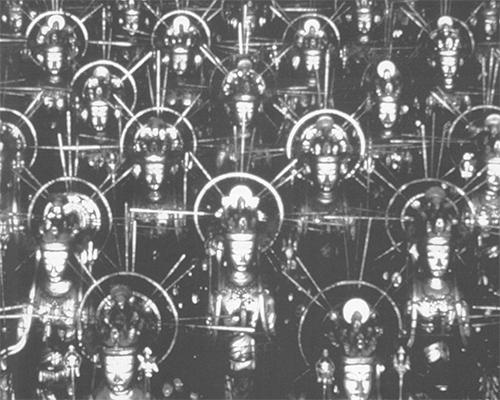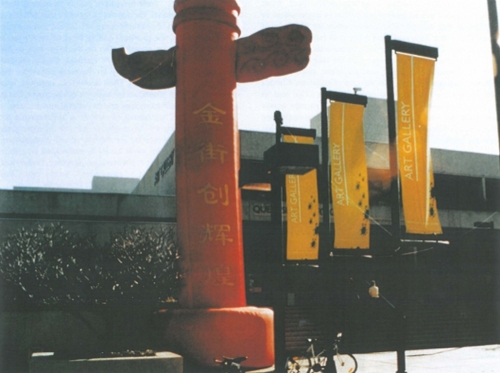Impressions of the 8th Asian Art Biennale in Bangladesh
The Asian Art Biennale in Dhaka, Bangladesh, is indeed a significant commitment realised by a country many art enthusiasts seem to overlook.




David Walker, University of Queensland Press, 1999, 312pp, paperback RRP $29.95
